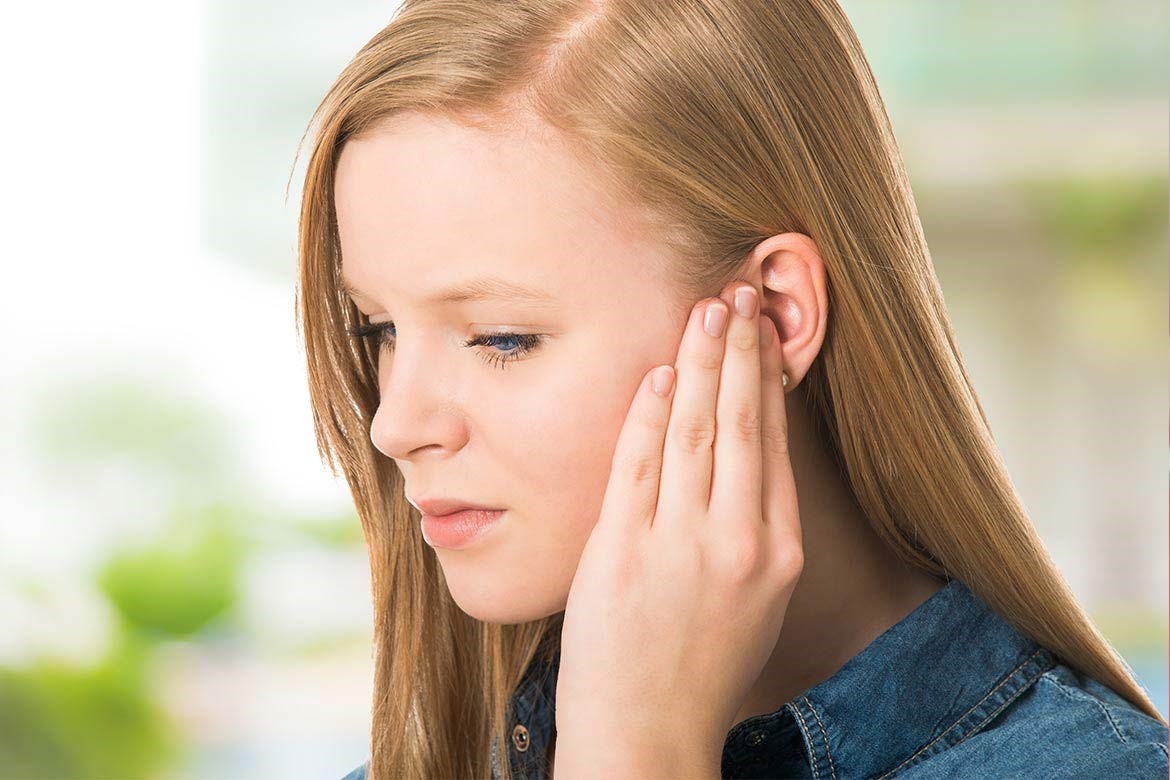
Mastoiditis: definition, causes, symptoms, diagnosis and treatment
Mastoiditis is an infection of the mastoid bone caused by acute purulent otitis media. Antibiotic and surgical therapy usually resolve the problem
It is a disease characterised by suppurative infection of the mastoid, that part of the temporal bone located immediately behind the pinna.
It manifests itself suddenly or within 48 hours and almost always results from an inadequately treated acute purulent otitis media.
The mastoid is in fact in communication with that portion of the middle ear that is located immediately behind the eardrum (tympanic cavity): if this communication is occluded due to the inflammation that occurs during an otitis, pus accumulates in the mastoid, destruction of the bony septa, possible spread of the infection to the neighbouring anatomical structures (and thus further complications).
CHILD HEALTH: LEARN MORE ABOUT MEDICHILD BY VISITING THE BOOTH AT EMERGENCY EXPO
The same germs – usually bacteria – that cause acute otitis media cause mastoiditis
The main symptoms are:
- Swelling that typically presents with reddened, shiny and sore skin behind the pinna. The swelling is caused by the extension of the infection outside the mastoid bone into the subcutaneous area;
- Anteriorisation of the pinna: in other words, the child develops the typical flap ear due to the swelling that has appeared behind the ear;
- Disappearance of the normal retroauricular groove, again due to the swelling that has developed behind the pinna.
These symptoms are associated with those of acute otitis media
- Intense pain in the ear;
- Fever;
- Occasionally discharge of mucous or frankly purulent secretion (otorrhea) from the external ear canal.
The diagnosis of mastoiditis is made on the basis of the symptoms that the child presents
- An otorhinolaryngological examination reveals “external” signs (subcutaneous collection of pus behind the ear and anteriorisation of the pinna).
- Micro-otoscopy (otoscopy allowing a very magnified view) may highlight reddening and protrusion of the tympanic membrane (signs of acute otitis media).
- Sometimes the external auditory canal may be occupied by mucous or purulent discharge. Occasionally, symptoms may only be blurred.
- In advanced cases, the clinical diagnosis will be complemented by radiological diagnosis: computed tomography (CT) of the skull will demonstrate a mastoid region diffusely damaged by the infectious process.
- Laboratory tests (blood count with formula, PCR, ESR) can help to confirm the inflammation associated with mastoiditis.
- Once the diagnosis has been made, the child should be taken to the emergency room as soon as possible and urgently admitted for intravenous antibiotic therapy.
Sometimes intravenous therapy is sufficient for the child’s recovery.
Surgery is indicated
- When there is no improvement after 48-72 hours of treatment;
- When a mastoid empyema forms, i.e. a destruction of the bony septa between the cavities of the mastoid bone and complete filling of the mastoid with purulent material;
- When a subperiosteal abscess forms, i.e. a collection of infected material between bone and skin.
The surgical procedure consists of making an incision behind the ear through which the mastoid bone cavities are opened, draining the collection of pus outside.
Generally, two small tubes are placed at the end of the operation: one drain connects the mastoid cavity that has just been operated on with the outside, thus allowing the pus to escape from the retroauricular wound.
A second drain (transtympanic) crosses the tympanic membrane and connects the tympanic cavity with the ear canal, allowing the passage of air into the ear to be restored and reducing local inflammation.
Read Also
Emergency Live Even More…Live: Download The New Free App Of Your Newspaper For IOS And Android
What Tests Should Be Done To Check My Hearing?
Cochlear Implant In The Child: The Bionic Ear As A Response To Severe Or Profound Deafness
Hypoacusis: Definition, Symptoms, Causes, Diagnosis And Treatment
Paediatrics: How To Diagnose Hearing Disorders In Children
Deafness, Therapies And Misconceptions About Hearing Loss
What Is An Audiometric Test And When Is It Necessary?
Inner Ear Disorders: Meniere’s Syndrome Or Disease
Benign Paroxysmal Positional Vertigo (BPPV): Causes, Symptoms And Treatment
Tinnitus: The Causes And Tests For Diagnosis
112 SORDI: Italy’s Emergency Communication Portal For Deaf People
Paediatrics, What Needs To Be Known About Childhood Otitis
Headaches And Dizziness: It Could Be Vestibular Migraine
Migraine And Tension-Type Headache: How To Distinguish Between Them?
Benign Paroxysmal Positional Vertigo (BPPV): Symptoms And Liberating Manoeuvres To Cure It
Parotitis: Symptoms, Treatment And Prevention Of Mumps
Acute And Chronic Sinusitis: Symptoms And Remedies


